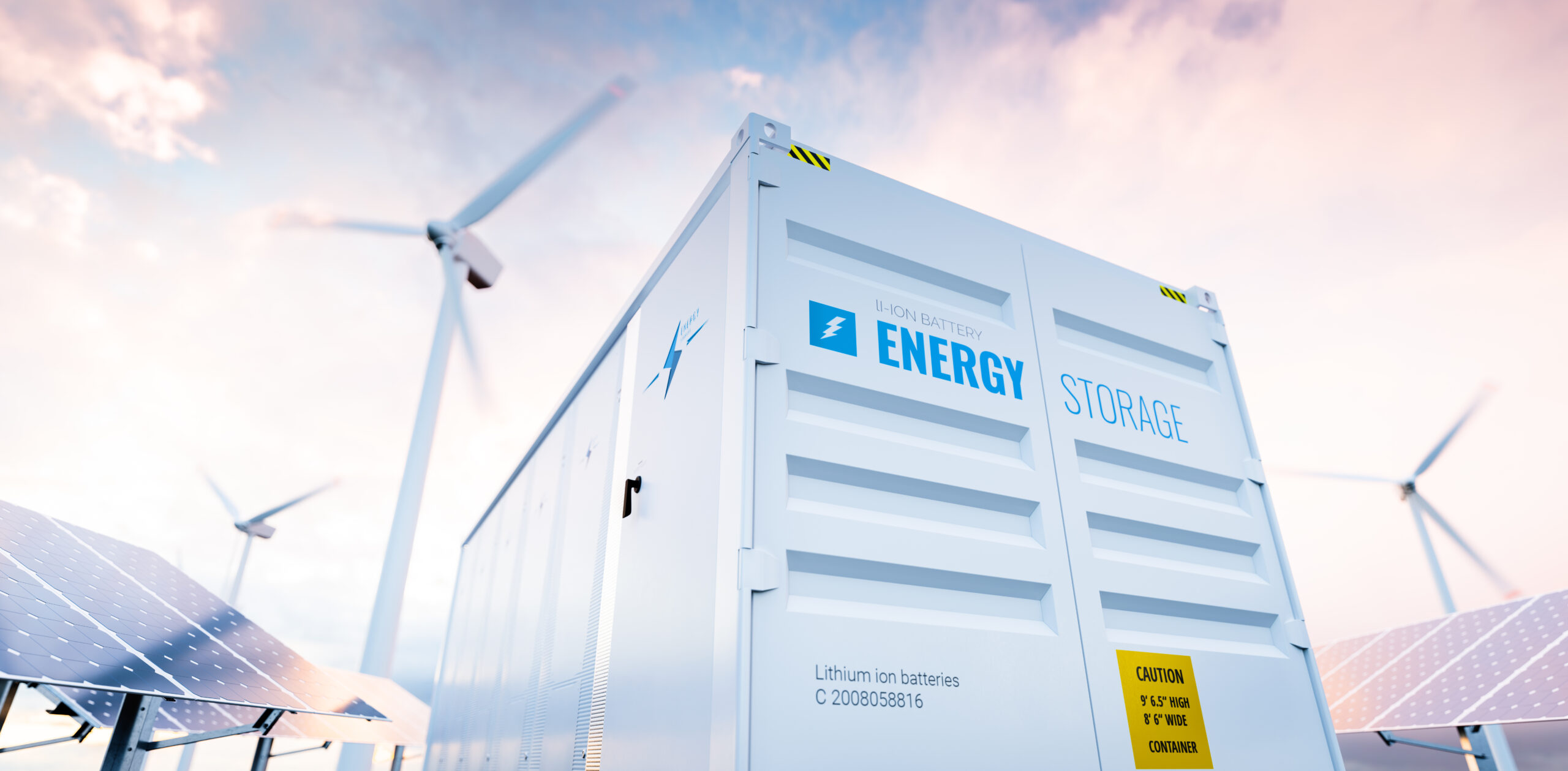Lithium-ion batteries have become a hot topic due to electric vehicles and renewable energy storage taking off. But several big problems make this technology more troublesome as global demand keeps rising. McKinsey projections show the lithium-ion battery market will reach 4.7 TWh by 2030, which makes dealing with these issues urgent.
Supply Chain and Ethical Concerns
The world’s lithium supply faces big risks because just a few countries control most of it. Australia, Chile, and China run 90% of global lithium production. The Democratic Republic of Congo (DRC) produces 70% of cobalt—another key battery ingredient. This setup leaves manufacturers vulnerable to price swings and supply problems.
The supply chain struggles with serious ethical issues, especially in cobalt mining. Even more than 70% of the lithium-ion battery supply chain might involve forced labour, which could break US and EU laws.
Companies can’t easily ensure ethical sourcing because their supply chains lack transparency. Many big automotive and energy storage companies don’t even know they’re using batteries with parts tied to human rights violations, especially from China’s Xinjiang region.
Recycling Challenges and Low Recovery Rates
Lithium-ion batteries create major headaches when they reach end-of-life. Today’s recycling methods get back just a tiny fraction of materials. The global lithium recovery rate from used batteries sits below 1%. Technical problems, weak infrastructure, and money issues all contribute to this poor performance.
These batteries’ complex nature makes recycling extra tough. Battery chemistry keeps changing, and many devices have batteries that are hard to take apart. Standard recycling methods heat things up past 1000°C, and this process wastes lithium in slag and flue dust.
Sodium-ion Batteries and Key Energy Storage Problems
Sodium-ion batteries are becoming a strong alternative to traditional lithium-ion technology as global energy storage needs grow. This technology offers new ways to tackle several challenges in energy storage through better materials, safety features, and manufacturing methods.
Abundant and Low-cost Raw Materials
Sodium ranks as the sixth most common element in Earth’s crust and exists 1,000 times more than lithium. Unlike lithium deposits that concentrate in specific areas, sodium resources spread across the globe, mostly in seawater and salt deposits. The economic benefits are clear – sodium compounds cost nowhere near their lithium counterparts.
The cost benefits go beyond just sodium. Battery makers use cathodes made from materials that are accessible to more people, such as sodium, iron, and manganese. On top of that, these batteries use aluminium instead of expensive copper as the anode current collector, which saves money and reduces weight.
Non-flammable Electrolytes for Safer Storage
Safety is a vital advantage of sodium-ion technology. The basic chemistry of these batteries resists thermal runaway—they don’t catch fire or explode after puncture, pressure, heat, or electrical faults. This safety comes in part from special electrolyte properties.
Sodium-ion electrolytes handle heat better than their lithium counterparts. To cite an instance, some sodium-ion electrolytes release energy at temperatures 90°C higher than similar lithium-ion formulations. These batteries can also discharge completely to zero volts during transport, which removes short-circuit risks in shipping.
Where Lithium Technology Works Better
Lithium-ion technology still leads in some applications despite sodium’s benefits. Sodium-ion batteries pack about 30% less energy than lithium-ion ones, mainly because sodium weighs more and has lower redox potential. This is a big deal as it means that lithium remains the better choice for electric vehicles where range matters most.
Current sodium-ion technologies reach energy densities around 160 Wh/kg, while advanced lithium-ion batteries deliver more. Weight and space-sensitive applications work better with lithium batteries because of this limitation.
Top Advantages of Sodium-ion Batteries Over Lithium-ion
Sodium-ion batteries offer five key advantages over lithium batteries that make them a great choice for many uses. These benefits go beyond just having more raw materials and show real improvements in several areas.
Lower Cost per kWh for Grid Storage
Sodium-ion batteries cost about £69.09/kWh while lithium-ion cells cost £70.68/kWh. This price difference will grow even more, as experts predict sodium-ion technology will cost around £7.94/kWh by 2028. Grid-scale storage needs batteries that cost less than £39.71/kWh to be economical, and sodium-ion batteries will meet this target. Battery-grade sodium carbonate costs between £476.50-£516.20 per metric tonne, which is much cheaper than lithium compounds.
Better Performance in Extreme Temperatures
Sodium-ion batteries work well in a wide range of temperatures:
-
- They work from -30°C to 60°C while lithium-ion only works from -20°C to 45°C
- They keep working without complex cooling systems
- They hold their charge well at these temperatures
Safer for Residential and Industrial Use
Safety is a vital advantage of sodium technology. These batteries won’t catch fire or explode even if they get punctured, heated, or have electrical problems. You can ship sodium-ion batteries at zero volts, which lets them travel in conditions where lithium batteries can’t. Some sodium systems use non-flammable electrolytes that add extra safety.
Easier to Recycle Due to Simpler Chemistry
Recycling sodium-ion batteries makes more money, with £2.99/kg profit compared to £2.10/kg for lithium-ion cells. This happens because they have a simpler chemical makeup and work with existing recycling systems. Sodium-ion batteries also have fewer toxic materials, which means they harm the environment less throughout their life.
Grid-scale Renewable Energy Storage
Sodium-ion batteries shine in large renewable energy systems. By 2027, they will produce 3.8 terawatt-hours of energy, though this won’t meet all the demand. These batteries handle heat well, which makes them perfect for grid systems where safety matters most.
Top Advantages of Lithium-ion over Sodium Batteries
Sodium-ion batteries have many benefits, but lithium-ion technology still has substantial advantages in several key areas. These strengths make lithium-ion batteries the top choice for high-performance applications.
Longer Life Cycle
Lithium-ion batteries last much longer than their sodium counterparts. The current lithium technology works through 2,000-5,000 complete charge-discharge cycles before capacity drops below 80% of its original ratings. Freen lithium battery offers even more – 10 000 cycles. Most sodium-ion batteries only last 1,000-2,000 cycles under the same conditions. This means lithium solutions work about twice as long in most applications.
The extended cycle life comes from more stable electrode structures that don’t break down during repeated charging. These batteries cost less over time despite the higher upfront cost, especially when you have frequent cycling needs.
Higher Energy Density
Energy density remains the most compelling reason to choose lithium technology. Today’s commercial lithium-ion cells deliver 250-300 Wh/kg, while sodium-ion options typically reach only 160-170 Wh/kg. This 40-45% energy density gap shows that lithium batteries store much more energy in the same space and weight.
This advantage matters most for electric vehicles and portable electronics where size and weight limits are crucial. A sodium-ion battery would need to be almost 50% bigger and heavier to match the range of a lithium battery in an electric vehicle.
Better Performance at Low Temperatures
Recent advances aside, sodium-ion batteries don’t deal very well with cold environments. Lithium-ion batteries keep about 80% of their room temperature capacity at -20°C, while sodium-ion systems only maintain 50-60% under similar conditions.
This makes lithium systems valuable in northern climates and high-altitude applications where cold-weather operation matters most.
Higher Charging Efficiency
Lithium-ion batteries charge more efficiently. Modern systems achieve 95-98% coulombic efficiency (the ratio of discharge capacity to charge capacity). Sodium alternatives reach only 90-93% efficiency in the best conditions. Your lithium-based systems waste less energy and charge faster because of this difference.






